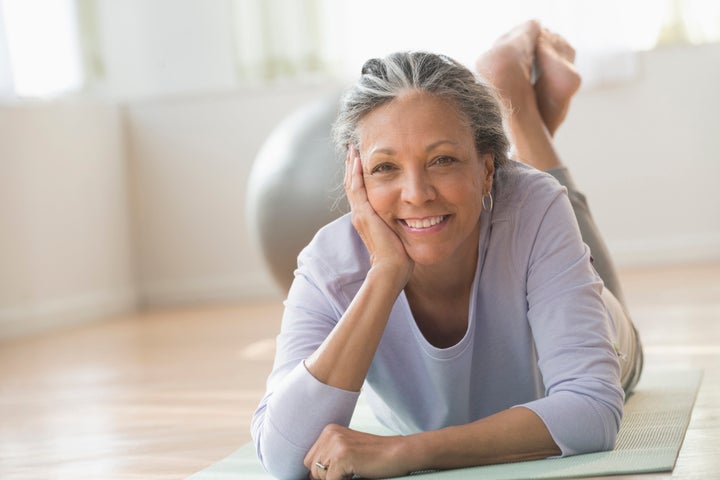
This article was originally published by Berkeley Wellness.
Women in the midst of menopause were likely dismayed if they heard about the April 2015 study that found that hot flashes last an average of 7.4 years—and that they may persist as long as 14 years. According to the JAMA Internal Medicine study—the largest and most racially and ethnically diverse to date—women who started getting hot flashes before they stopped menstruating had them for an average of 12 years, compared to 3.4 years for women who started getting them after their final period. African American women had them longer (10 years, on average) than Hispanic, white, and Asian women. Anxiety, stress, and depression were also associated with a longer duration of hot flashes, though it’s not clear which comes first—the psychological or physical symptoms. A study in Menopause in July 2015 similarly noted that hot flashes “remain problematic” for many women well into their sixties.
Up to 80 percent of women suffer from menopause-related hot flashes—sudden feelings of intense heat, often accompanied by profuse sweating and flushing. Even if you experience them for just a couple of months (lucky you) or a couple of years (still relatively lucky), they can be quite bothersome. Some women get them more than 20 times a day, with episodes lasting from a minute or two to as long as an hour (yes, you read that right).
Here’s a sampling of strategies for managing hot flashes that don’t involve drugs (which are often effective but have undesirable side effects) or dietary supplements (of questionable value and possibly risky). The evidence may be mixed or inconclusive for many of them—in part due to methodological problems in studies—but they are worth trying as a first step toward staying cool and dry when a flash hits.
Relaxation techniques
It’s thought that the decrease in estrogen that occurs in menopause leads to increased activation of the sympathetic nervous system, which is involved in the body’s regulation of core temperature (more specifically, it narrows the brain’s “thermoneutral zone,” so it takes less of a jump in temperature to go from feeling comfortable to hot). Various relaxation techniques, such as guided imagery and progressive muscle relaxation, may thus help reduce hot flashes by tamping down sympathetic activity (often referred to as “the relaxation response”). Though the literature on such techniques as a whole has been inconsistent and vexed by methodological problems, a 2012 review article in Maturitas concluded that “relaxation techniques may hold promise in [the] treatment of hot flashes.”
Paced breathing
Recommended by the North American Menopause Society, this ultra-slow deep breathing technique has been shown in preliminary studies to reduce hot flashes, with some research suggesting that it is the key component of relaxation-based interventions. In a 2013 pilot study in Menopause, women who practiced slow breathing (6 breaths a minute) reported fewer hot flashes, with better results seen in those who did it twice a day for 15 minutes at a time, versus once a day. Those in a control group (14 breaths a minute) also showed reductions, but, as the authors explained, that could be because they similarly focused on their breathing and this may have had unanticipated benefits. An earlier study found paced breathing to be superior to progressive muscle relaxation and a biofeedback control group in reducing hot flashes. Studies have involved time-consuming training, but you can learn the technique on your own using this brief instruction page on the NAMS website. Once you've learned the technique, practice it every day and then do it whenever you get a hot flash. Protocols recommend slowing breathing to 5 to 8 breaths a minute. It’s thought that slow breathing reduces hot flashes by reducing activity of the sympathetic nervous system and activating the relaxation response.
Other mind-body techniques
In a 2011 study in Menopause, a mindfulness-based stress reduction program—which involves bringing awareness to your bodily sensations without judgment through such actions as stretching and breathing—reduced the “bother,” stress, and anxiety associated with hot flashes, as well as improved sleep and quality of life, even though it didn’t affect hot flash frequency or intensity. Some studies have found that yoga similarly helps relieve psychological symptoms associated with hot flashes—and sometimes the hot flashes themselves—while a large study in Menopause in 2013 found that five weekly sessions of hypnosis reduced hot flash frequency and intensity, with benefits lasting over 12 weeks.
Cognitive-behavioral therapy (CBT)
By increasing understanding of what is happening when hot flashes occur and providing coping strategies, CBT aims to help counter the negative thoughts and behaviors associated with hot flashes and increase acceptance of and sense of control over them. In a 2014 study in Menopause, both group CBT (consisting of four weekly sessions with a psychologist) and guided self-help CBT (where women received the same information in a manual) improved the ability to cope with hot flashes and lessened the impact they had on daily life, though no reduction in hot flashes was seen.
Acupuncture
Many cultures use acupuncture to treat hot flashes, but the science to back it has been mixed and inconclusive, in part because acupuncture studies tend to have many methodological problems. A 2013 review by the Cochrane Collaboration reported that there is insufficient evidence for the use of acupuncture for hot flashes, with no significant difference seen between sham and real treatment (though acupuncture was somewhat more beneficial than no treatment). And ananalysis of studies, published in February 2015 in Menopause, concluded that though acupuncture seems to have some benefit on hot flash frequency and severity, sham acupuncture also shows benefits. This suggests a placebo effect—which may not matter, as long as the symptoms subside.
Exercise
According to a review paper in Maturitas in 2012, there’s not enough evidence to conclude whether exercise is effective in reducing hot flashes. Exercise’s effect on hot flashes may depend on the amount of body fat a woman has, along with her fitness level, hormonal status, and psychological factors. Still, many women find it helps, and it’s worth trying since exercise has so many other proven health benefits.
Other strategies for relief
What sets off hot flashes differs among women. But some common relief strategies are to lower the thermostat, use fans, drink cold beverages, and avoid caffeine and spicy foods. Though many women report that alcohol is a trigger, some research suggests that one drink a day doesn’t increase hot flashes. Smokers are at higher risk for hot flashes and have more severe ones, so this is another reason not to smoke. Some research has found that heavier women have fewer hot flashes (body fat produces some estrogen, which would be expected to lessen symptoms), but a 2010 study in the Archives of Internal Medicine found that losing weight lessened symptoms (excess weight hinders the body’s ability to dissipate heat). You can also try eating a serving or two of soy foods, such as tofu or soy milk, daily (though evidence is mixed for soy and isoflavone supplements, often promoted for hot flashes).
One of the simplest ways to prevent feeling like a sweaty mess is to dress in layers and wear lightweight wickable clothing, especially at night when hot flashes (night sweats) can disrupt sleep. Sold by outdoor companies, the breathable and quick-drying clothing lets heat escape and moves moisture away from the skin so that it evaporates, thus providing cooling and comfort. It’s typically made of specially designed synthetic fabrics or a synthetic fabric blended with a thin natural one like cotton; some are made from wickable bamboo or Merino wool. An increasing number of companies—with apt names such as Dry Babe, Dry Dreams, andCoolfemme—are now targeting the hot flash audience with “nightwear for night sweats.” Expect to pay more, though, for such clothing.
Bottom line: Combining these strategies to address the cognitive, psychological, behavioral, and physical aspects of hot flashes may offer the best chance of non-pharmacological relief. Not all of them reduce the incidence or severity of hot flashes, but they may help you deal with them better. If you want to try CBT or get counseling on other relaxation methods, your health care provider may be able to recommend a therapist. If you don’t find these strategies effective enough, however, you may wish to discuss hormones (including the new drug Duavee, a combination of conjugated estrogens and bazedoxifene), antidepressants (including Brisdelle—low-dose paroxetine, the only non-hormonal drug approved for treating hot flashes), or other drug therapies (such as gabapentin, pregabalin, or clonidine) with your health care provider.
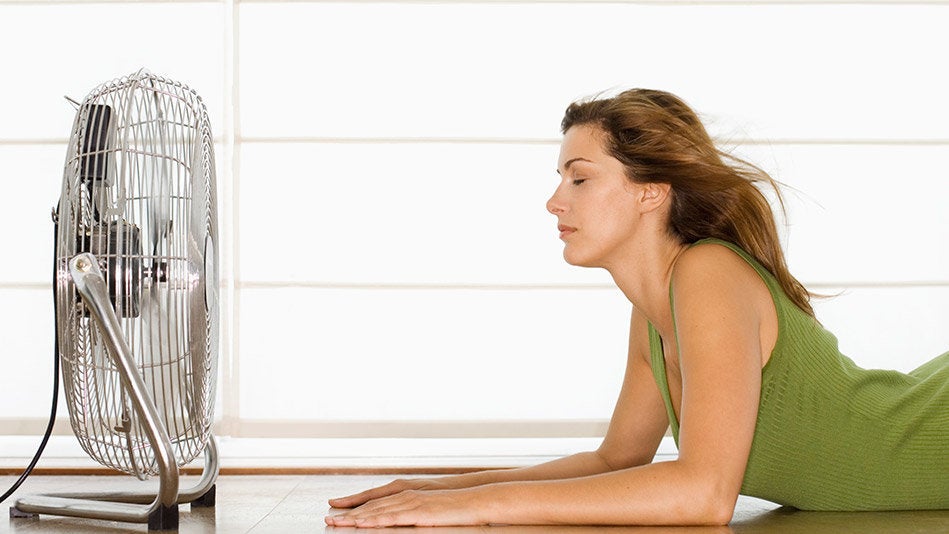
A: Not at all. I was part of a team of researches who conducted a study on hot flashes that revealed a high degree of variability. It's estimated that at least 20 percent of women go through menopause without ever having hot flashes, but our study found that close to 40 percent had them for at least 14 years. We can't definitively predict who will be in which group, but we did find that women who began having hot flashes while still having periods ended up having them longer than women who didn't get them until after menopause. Unfortunately, we don't know enough about what causes hot flashes to understand why that happens. But if it's any comfort, you are definitely not alone.
-- Nancy E. Avis, PhD, professor of social sciences and health policy at Wake Forest Baptist Medical Center
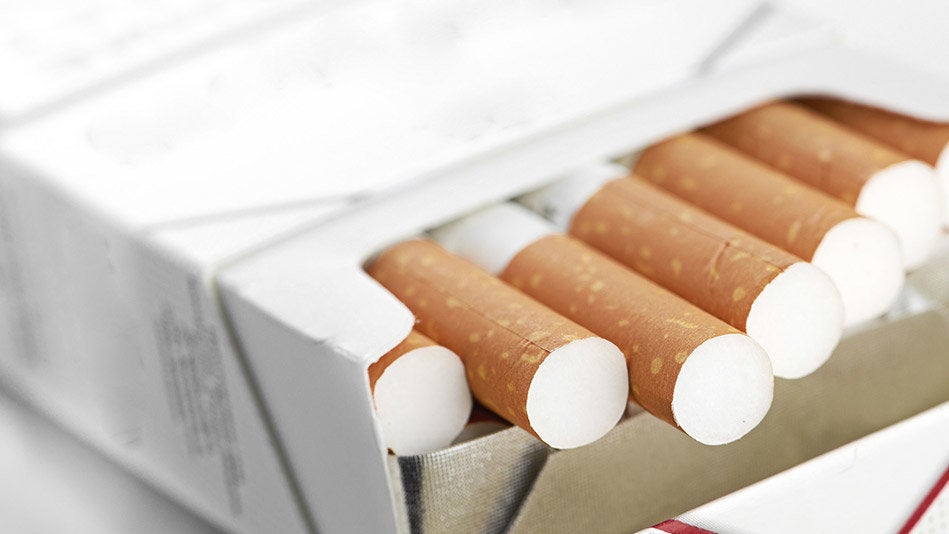
A: If you're a smoker, quit. Research has shown that smoking increases the likelihood and severity of hot flashes, possibly due to changes in estrogen metabolism. Hypnosis also has a remarkably positive effect; it can produce a 74 percent reduction in hot flashes after 12 weeks, as well as improved sleep, according to a study I helped conduct. The hypnosis involved mental imagery of coolness and relaxation. I'm collaborating with the research team now to see whether we can deliver this type of treatment over the phone. Acupuncture may also help: A new report suggests it may provide hot-flash relief for up to three months. While the results may be due to the placebo effect, there's likely no harm in trying it.
-- Janet S. Carpenter, PhD, associate dean for research and scholarship at the Indiana University School of Nursing
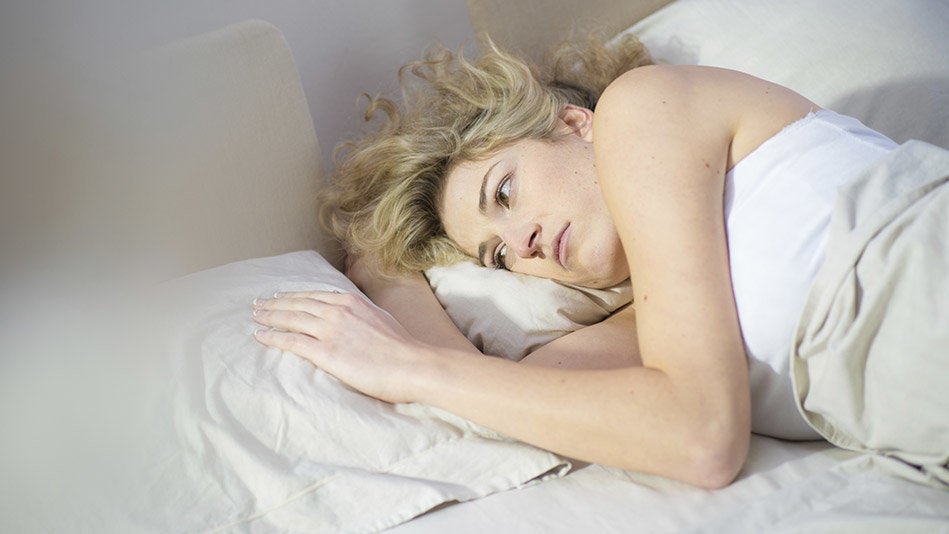
A: Many women don't realize that there are changes to vaginal tissue that happen as a result of menopause and the loss of estrogen. If untreated, these changes -- dryness, loss of elasticity, thinning tissue -- often cause pain during sex. But take heart: We have treatments for that. Some women find that simply using lubricants during sex helps with dryness. But for many, these sex symptoms are best treated with prescription estrogen in the form of an insertable cream, pill or ring. They're easy to use and no more intrusive than a tampon. Don't give up -- your groove awaits!
-- Sheryl Kingsberg, PhD, chief of ob-gyn behavioral medicine at University Hospitals Case Medical Center
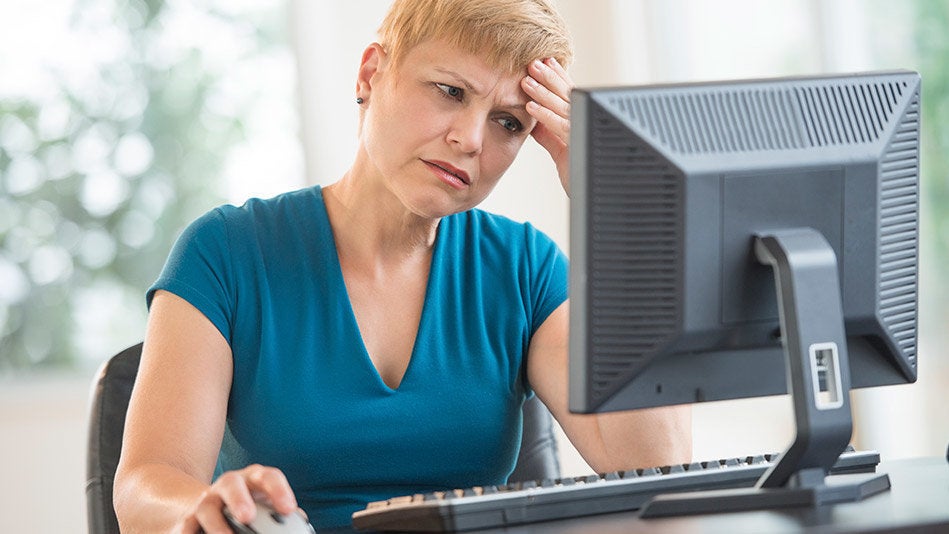
A: Menopause brain fog is real, but shouldn't last forever. One study that examined cognitive performance in roughly 2,400 middle-aged women over four years found that memory began to decline when periods became irregular but returned to normal postmenopause; researchers think this may have to do with fluctuations in estrogen. The best thing for your brain? Exercise. Studies show that walking at least 90 minutes a week can improve cognition and help keep your brain healthy as you age.
-- Pauline M. Maki, PhD, professor of psychiatry and psychology at the University of Illinois at Chicago
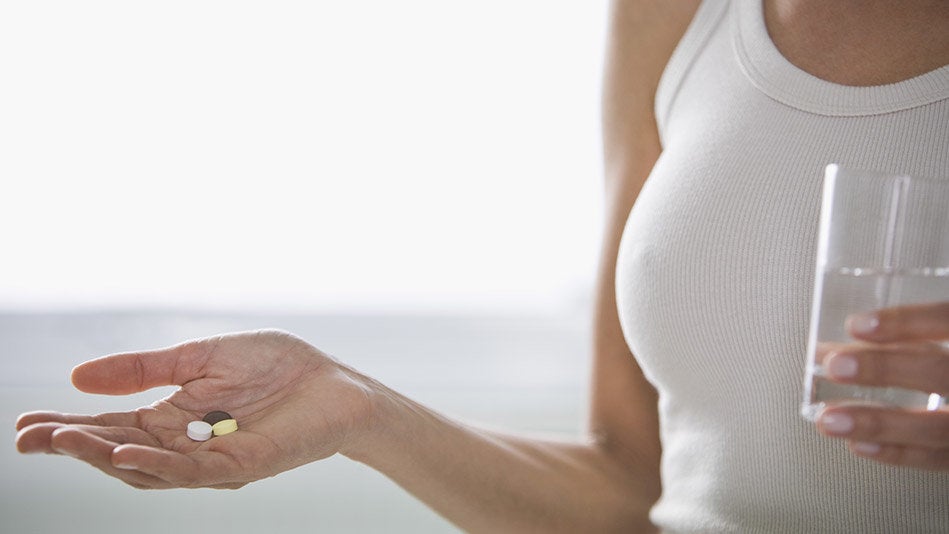
A: In the strictest sense, natural means a product that you can pretty much use as is. Many people assume plant-based hormone replacements are natural, but in fact, the material has to go through multiple chemical processes before it's useful to humans. That's not really natural. On the other hand, one of the first commercially approved estrogens, Premarin, is considered natural. Premarin, which came out more than 70 years ago and is still on the market, is derived from horses, but it doesn't have to go through the chemical changes that plants do. Keep in mind, though, that taking a natural hormone has no known advantages over synthesized estrogen; both are similarly effective and safe so long as you're using products that are well regulated by the FDA.
-- Margery Gass, MD, executive director of the North American Menopause Society
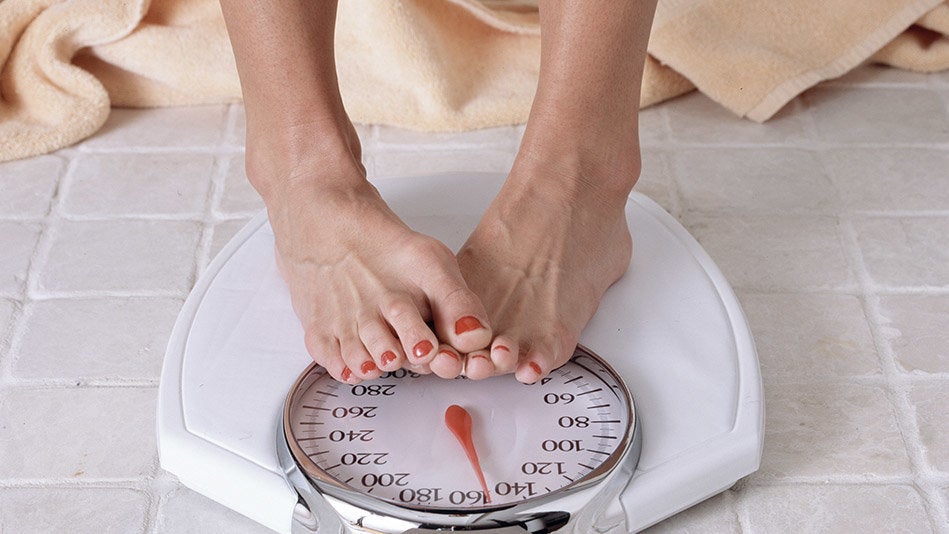
A: Unfortunately, during the menopausal transition, a slower metabolism and decreased estrogen correlate with unwanted weight gain, especially around the belly. There's no way to isolate fat reduction in one specific area, so overall weight loss should be the goal. I encourage my patients to add flaxseed to their diet to help control appetite by providing a feeling of fullness. I also recommend green tea, which contains antioxidants that may help boost metabolism , and ginseng and vitamin B complex, which may increase energy.
-- Lynn Pattimakiel, MD, associate staff member at the Cleveland Clinic Center for Specialized Women's Health